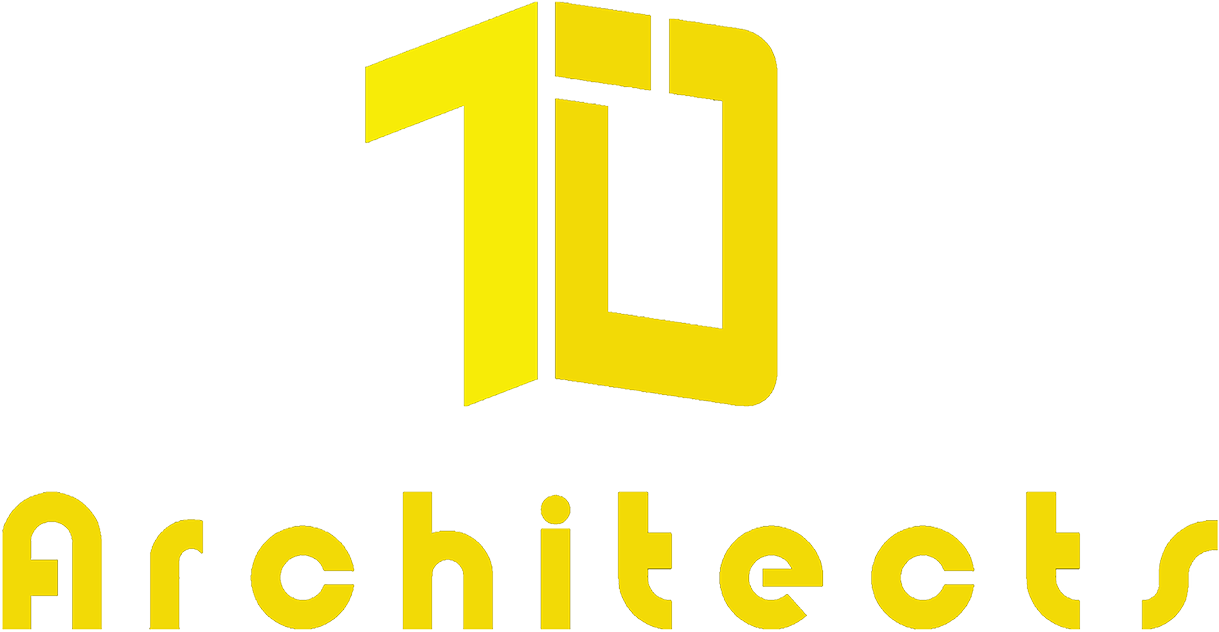Melamine faced boards (MFB), also known as melamine-faced chipboard (MFC) or melamine-faced medium-density fiberboard (MFMDF), are engineered wood products used extensively in furniture making, cabinetry, and interior design. These boards are composed of a substrate (chipboard or MDF) covered with a melamine resin-impregnated decorative paper surface.

Key Features of Melamine Faced Boards:
- Durability:
- Scratch Resistance: The melamine surface is highly resistant to scratches, making it suitable for surfaces subject to wear and tear.
- Heat and Stain Resistance: Melamine facing provides a surface that is resistant to heat and staining, enhancing the longevity of the board.
- Moisture Resistance: The sealed surface prevents moisture penetration, which is particularly useful in kitchen and bathroom applications.
- Aesthetic Variety:
- Wide Range of Finishes: MFB comes in numerous colors, patterns, and textures, including wood grain, solid colors, and abstract designs.
- Consistent Finish: Unlike natural wood, MFB offers a uniform appearance without the variability of natural grain patterns.
- Cost-Effectiveness:
- Affordable: Melamine faced boards are less expensive than solid wood or veneer-faced products, providing a cost-effective solution for many applications.
- Low Maintenance: The easy-to-clean surface reduces maintenance costs over time.
- Versatility:
- Various Applications: Used in kitchen cabinets, wardrobes, office furniture, shelving, and wall paneling.
- Customizable Edges: Can be finished with edge banding to cover the raw edges and provide a polished look.
Construction of Melamine Faced Boards:
- Substrate: Typically made from chipboard or MDF. MDF provides a smoother finish and better durability than particleboard.
- Melamine Layer: A decorative paper soaked in melamine resin is applied to the substrate using heat and pressure. This creates a hard, durable surface that is permanently bonded to the board.
Applications:
- Furniture:
- Cabinets and Drawers: Commonly used in kitchen and bathroom cabinetry due to its resistance to moisture and ease of cleaning.
- Wardrobes and Closets: Provides a sleek, modern look with durable surfaces.
- Office Desks and Shelving: Suitable for office environments where durability and ease of maintenance are important.
- Interior Design:
- Wall Panels: Used for decorative wall cladding, providing a variety of aesthetic options.
- Partitions: Employed in creating partitions in commercial spaces due to their durability and customizable finishes.
- Retail and Commercial Spaces:
- Displays and Fixtures: Used in retail displays and fixtures where a combination of aesthetics and durability is needed.
Advantages:
- Eco-Friendly: Often made from recycled wood products, reducing environmental impact.
- Ease of Installation: Can be easily cut, drilled, and shaped with standard woodworking tools.
- Hygienic: The non-porous surface prevents bacteria and mold growth, making it suitable for hygienic environments.
In summary, melamine faced boards are a versatile, durable, and cost-effective material widely used in various applications within interior design and furniture manufacturing. Their resistance to wear and tear, combined with a broad range of finishes, makes them an ideal choice for both residential and commercial projects.
